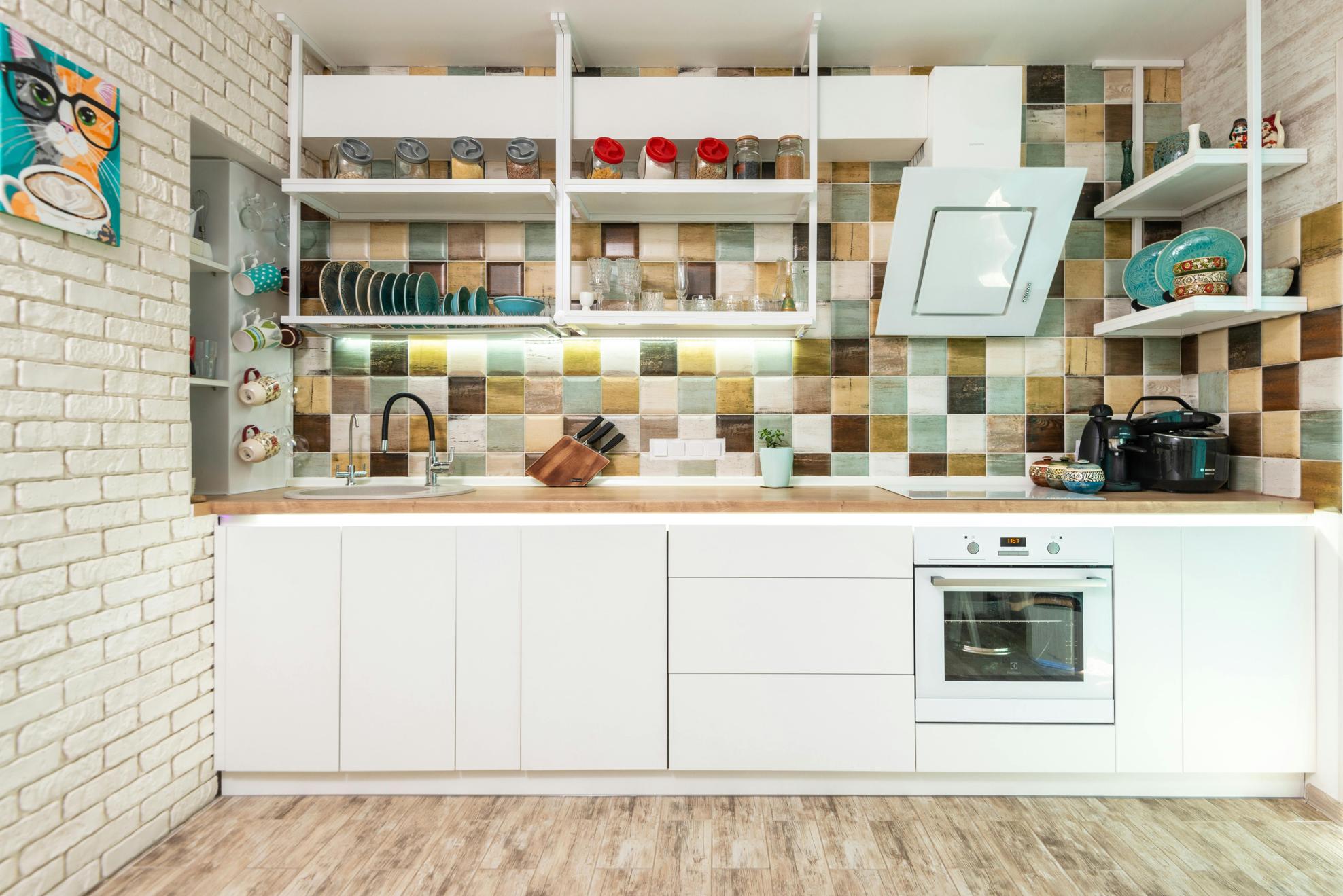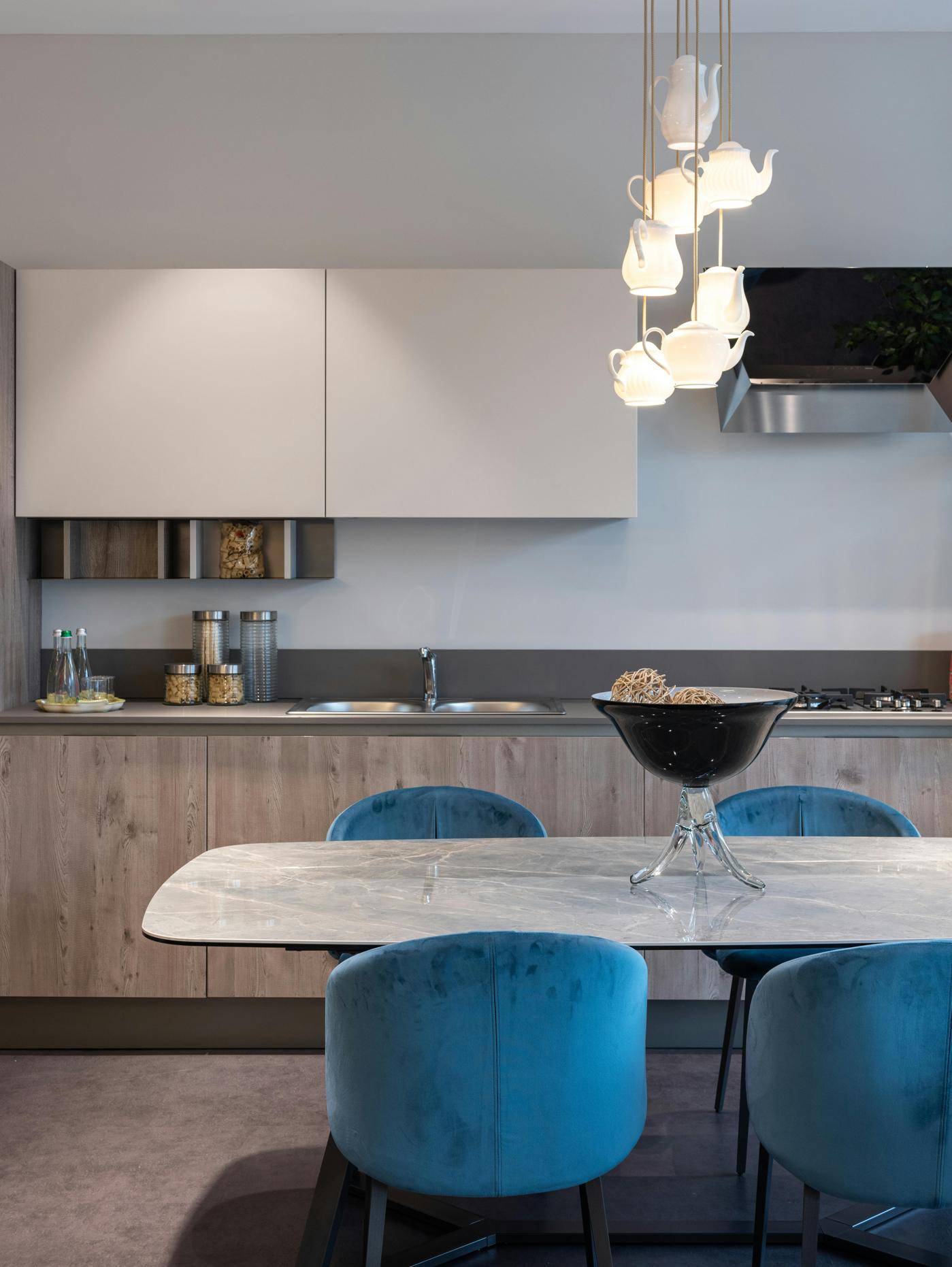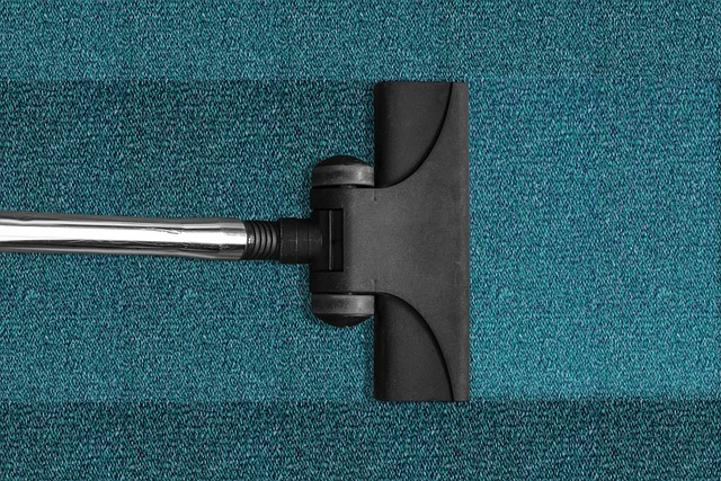Introduction
All-Clad cookware is a beloved choice for many home cooks and professionals due to its durability and superior performance. However, maintaining its pristine appearance can be a challenge if you’re unsure of the best cleaning methods. This guide will provide you with effective techniques to clean your All-Clad cookware and keep it gleaming like new. From everyday cleaning routines to deep-cleaning methods and specialized tips, you’ll find everything you need to ensure your cookware lasts a lifetime.

Everyday Cleaning Techniques
To preserve the quality of your All-Clad cookware, it’s crucial to implement an effective daily cleaning routine. Here’s how you can keep your pans and pots clean with minimal effort:
Routine Cleaning: Soap and Water
After each use, rinse your All-Clad cookware with warm water to remove any leftover food particles. Use a non-abrasive sponge and mild dish soap to scrub the surface gently. Be sure to rinse thoroughly to remove all soap residues. For best results, dry your cookware with a soft cloth to prevent water spots.
Handling Stubborn Food Residue
For food that clings stubbornly to the surface, fill the cookware with warm water and a few drops of dish soap. Let it soak for about 15 minutes to loosen the food particles. Then, use a silicone or nylon scraper to gently remove the residue without scratching the surface.
Using Non-Abrasive Sponges
Always opt for non-abrasive sponges or pads to clean your All-Clad cookware. Rough scrubbing materials can scratch the surface and reduce the cookware’s lifespan. Stick to soft sponges and avoid steel wool at all costs.
Deep Cleaning Methods
Every once in a while, your All-Clad cookware may require a more thorough cleaning to keep it in top condition. Whether it’s burnt-on food or heavy stains, here are some deep cleaning methods:
Removing Burnt-On Food with Baking Soda
Baking soda is a universal cleaner that works wonders on burnt-on food. Sprinkle a generous amount of baking soda over the affected area. Add a little water to form a paste. Let the mixture sit for at least 15 minutes before scrubbing gently with a non-abrasive pad. Rinse thoroughly and dry.
Vinegar and Water Soak
A vinegar and water soak can effectively remove discoloration and stains. Fill your cookware with a mixture of half water and half white vinegar. Bring the mixture to a gentle simmer and let it sit for 10-15 minutes. Turn off the heat and allow the liquid to cool. Pour out the mixture and clean as usual with soap and water.
Bar Keepers Friend for Stainless Steel
Bar Keepers Friend is an excellent cleaner specifically designed for stainless steel. Create a paste by mixing it with water and applying it to your cookware. Gently scrub with a non-abrasive sponge, focusing on stained areas. Rinse well and dry instantly to avoid watermarks.

Specialized Cleaning Tips
In addition to routine and deep cleaning, your All-Clad cookware will benefit from specialized cleaning methods to tackle specific issues and maintain its brilliance.
Avoiding Dishwasher Damage
Though tempting, try to avoid putting your All-Clad cookware in the dishwasher. The high heat and harsh detergents can dull the finish and cause damage over time. Hand washing is always the safer and better option.
Dealing with Discoloration and Stains
Stainless steel can sometimes discolor due to overheating or mineral deposits. To address this, combine equal parts of lemon juice and water and apply it to the affected areas. Let it sit for a few minutes, then scrub gently and rinse thoroughly.
Polishing to Restore Shine
Polishing your All-Clad cookware can restore its original shine. Use a stainless steel cleaner like Bar Keepers Friend, or make a paste using baking soda and water. Gently polish in a circular motion and rinse well. Consider doing this once a month to keep your cookware looking new.
Maintenance Tips
Proper maintenance is key to extending the life of your All-Clad cookware. Follow these tips to ensure your pans and pots remain in excellent condition:
Seasoning Your All-Clad Cookware
Some All-Clad cookware, like those with non-stick surfaces, can benefit from occasional seasoning. Lightly coat the surface with a layer of vegetable oil and heat it on low for a few minutes. This process helps to build a natural non-stick layer and prolongs the cookware’s life.
Best Practices for Storing All-Clad
To prevent scratches and dents, store your All-Clad cookware properly. Use a protective cloth or felt pan protectors between stacked items. Hanging them on a pot rack can also be a good solution, reducing the risk of damage.
Achieving Longevity with Proper Care
Consistency in care routines ensures that your All-Clad cookware continues to perform at its best. Avoid using sharp or metal utensils that can scratch the surface. Stick to wooden, plastic, or silicone utensils to maintain the integrity of the cookware.

Conclusion
Taking care of your All-Clad cookware is essential for maintaining its performance and appearance. By following the everyday cleaning techniques, employing occasional deep cleaning methods, and adhering to specialized tips, you can keep your cookware in excellent condition for many years to come. Proper maintenance not only extends the lifespan of your cookware but also ensures a great cooking experience every time. With these practical tips and methods, your All-Clad cookware will always shine in your kitchen.
Frequently Asked Questions
Can All-Clad cookware go in the dishwasher?
While All-Clad cookware is dishwasher safe, it is not recommended due to the potential for high heat and harsh detergents to damage the finish. Hand washing is preferable.
How often should I deep clean my All-Clad cookware?
Deep cleaning your All-Clad cookware every 1-2 months can help maintain its pristine condition. The frequency may vary depending on how often you use the cookware and the types of food you cook.
What should I avoid when cleaning All-Clad?
Avoid using abrasive cleaners, steel wool, and harsh detergents. Additionally, steer clear of metal utensils that can scratch the surface. Stick to non-abrasive sponges and mild dish soap for best results.
